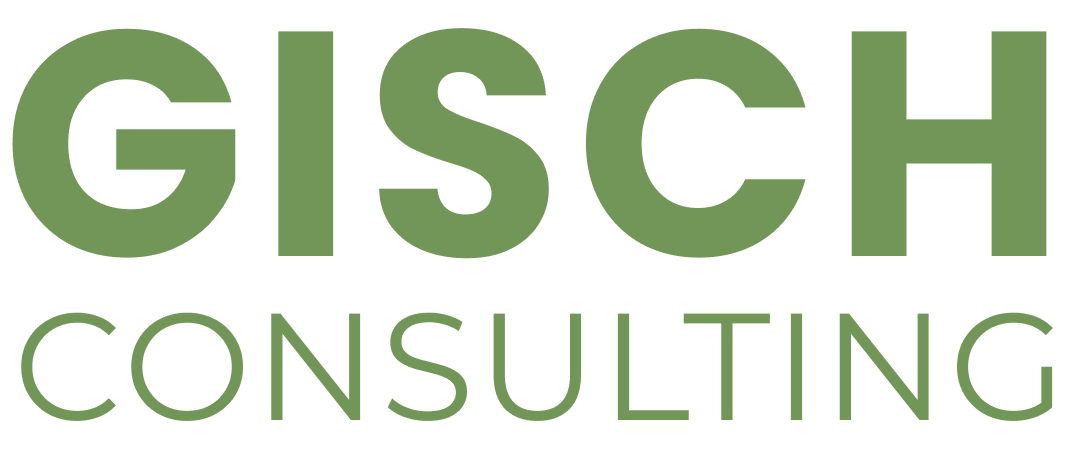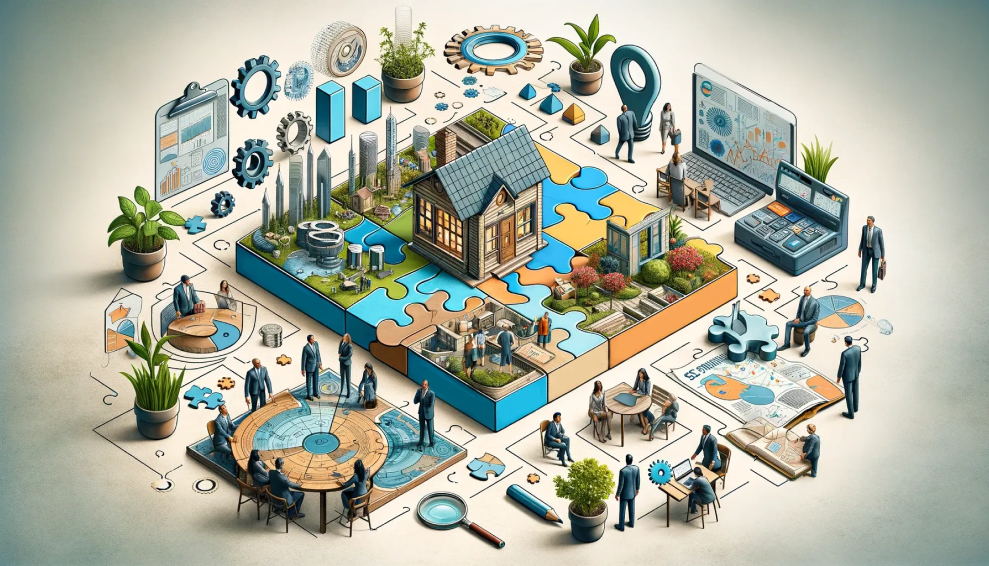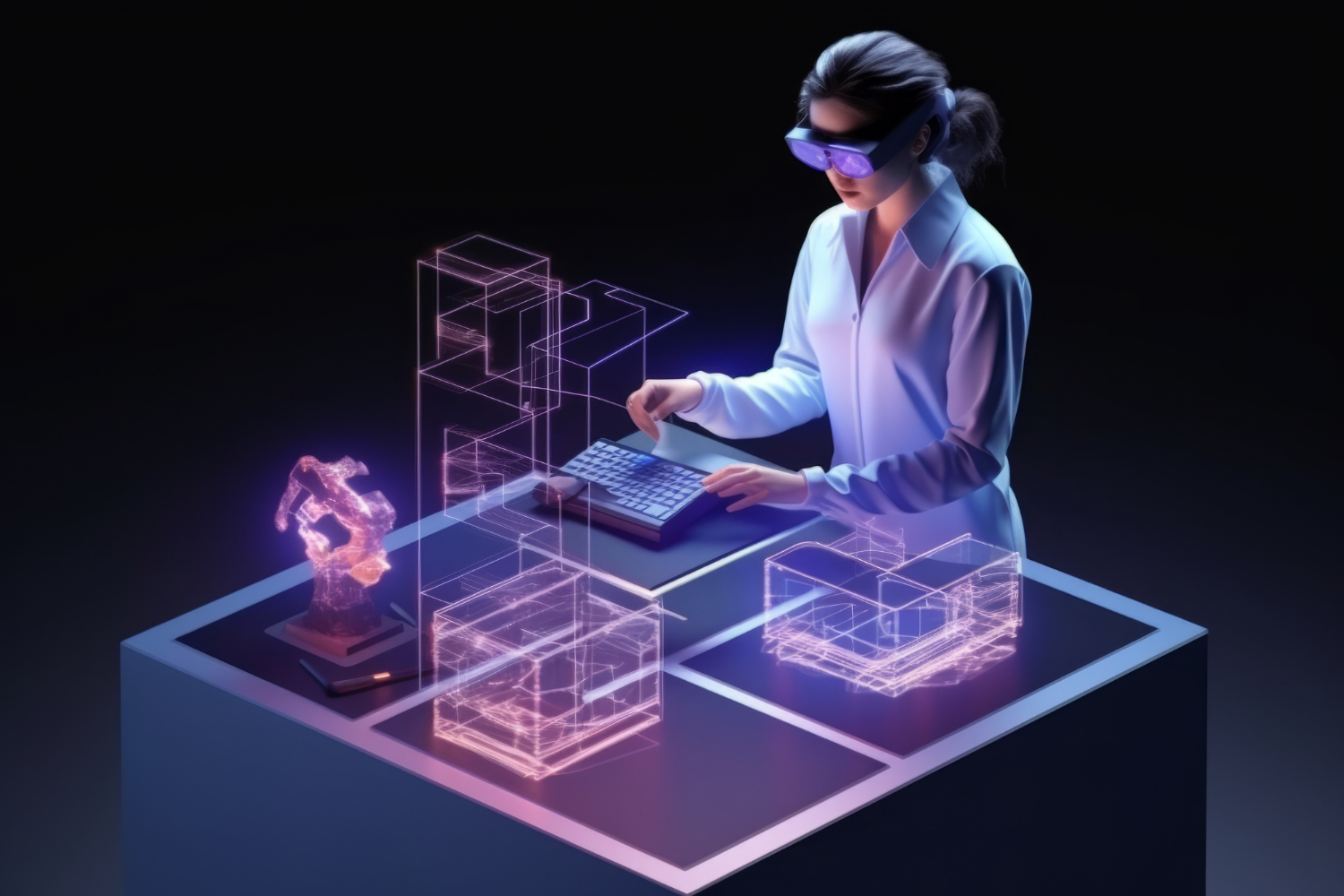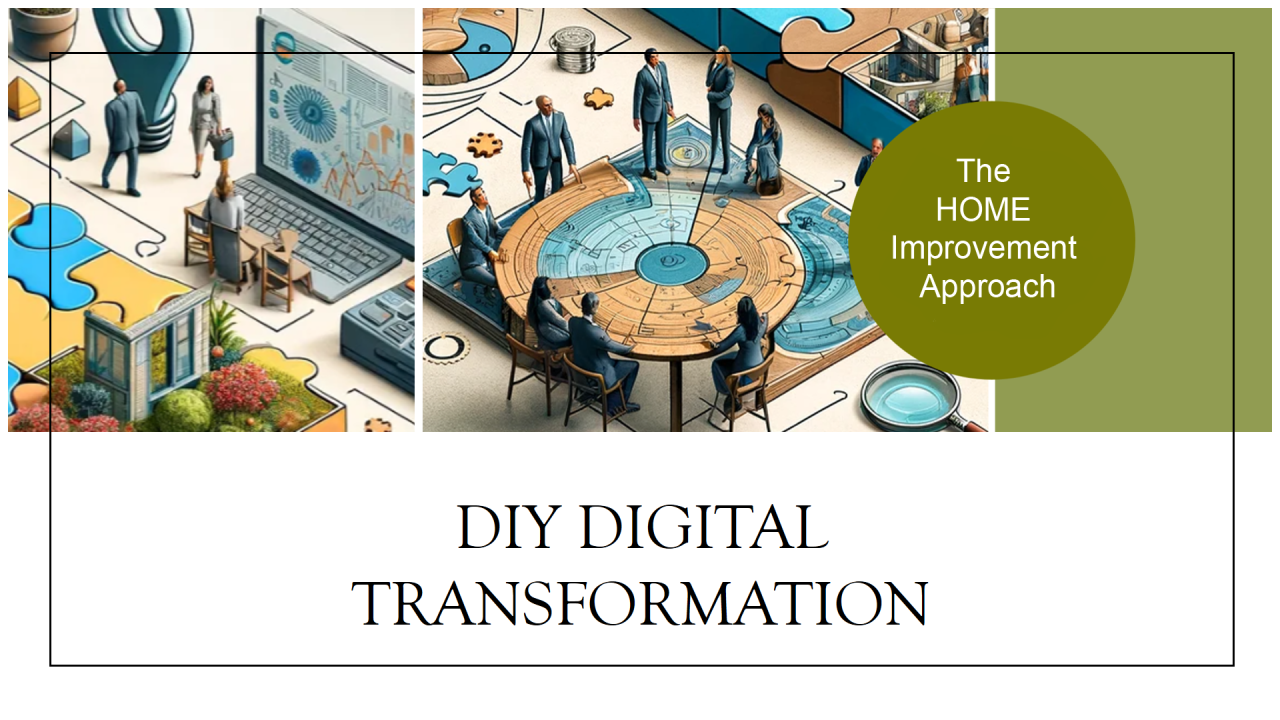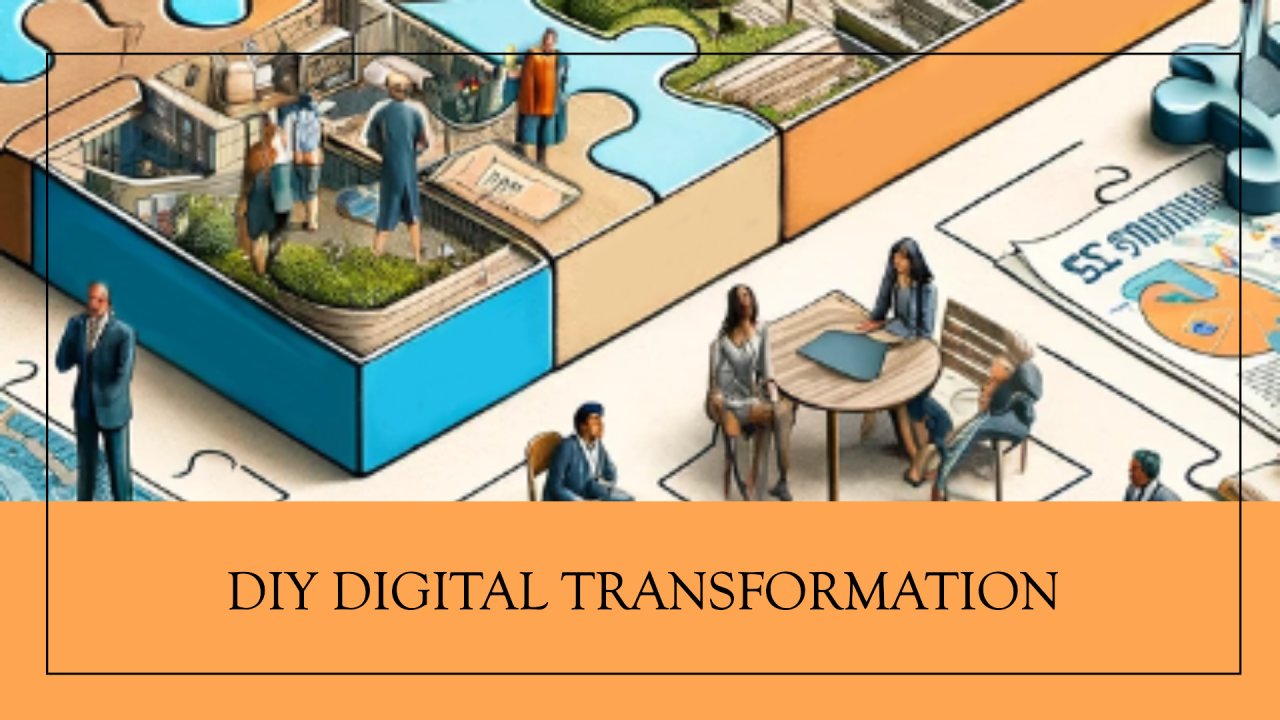DIY Digital Transformation – Part 3: Mapping Current & Future State
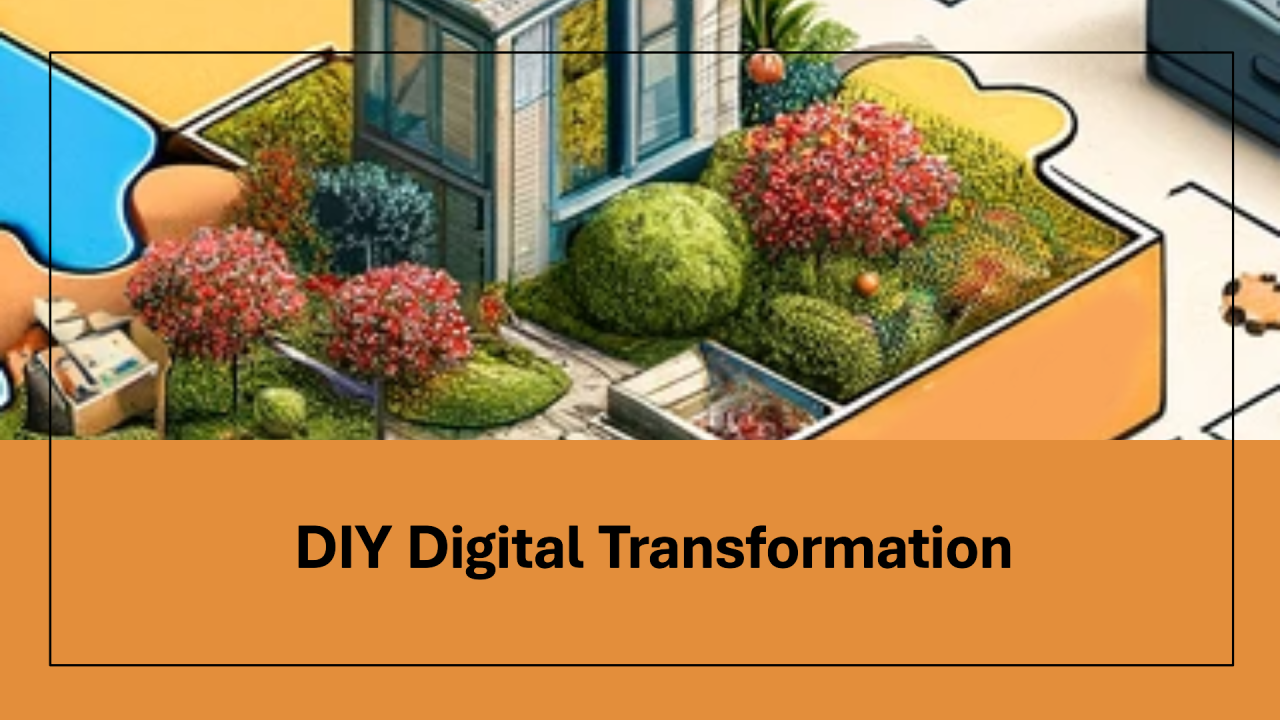
Part 3 draws inspiration from the valuable insights of Prior & Leaney’s (2020) ethnographic study and inspired by the reflections of Star (1996) on the intricate relationship between infrastructure and work practice.
If you enjoy this article, please ensure to check out the rest of the series:
Have you encountered similar challenges? How did you resolve them?
This agency, much like the architectural firm we discussed in Part 1, aimed to streamline their project management. They chose a new software system, only to hit a snag when it wasn’t compatible with their existing Customer Relationship Management (CRM) software. There are similarities as well to the challenges faced by Creative Design Agency in Part 2 with managing unintended consequences.
The Engineering Consultancy Challenge
An engineering consultancy, we’ll call them Southwest Engineering, known for its excellence in managing physical asset projects, faced a dilemma with the introduction of new project management software aimed at enhancing project-level P&L tracking. Their current approach segregated ‘clean’ physical projects from ‘soft’ consulting (i.e. people) projects, with each category operating with completely separate forms, processes and expectations.
Finding Common Ground
We worked through steps 1 and 2 to help them recognise that while their projects differed in nature, there were underlying similarities that could serve as a foundation for a unified project management approach. By closely examining the aspects that aligned and those that diverged, such as the tangible ROIs of capital projects versus the fluid dynamics of consulting endeavours, the consultancy embarked on designing a system that accommodated both, without compromising the integrity of either.
Key Takeaways: Create Windows and Doors
The solution lay in creating “windows and doors” – metaphorical pathways that allowed the ‘soft’ projects the flexibility they required while maintaining the structured integrity crucial for ‘clean’ projects. This innovative approach facilitated a harmonious coexistence, where projects, regardless of their nature, could benefit from streamlined processes and enhanced oversight, all the while respecting the unique demands and unpredictability of consulting work. This can be done by:
- Analysing the current documents and forms used in different areas
- Identifying the common information needs
- Challenging and clarify how the data informs decisions
- Co-designing new forms and processes to ensure they meet the needs of all affected areas.
Mapping the current and future state isn’t just about bridging the gap between old and new; it’s about understanding the essence of your operations and envisioning a future where technology amplifies your strengths without compromising your values. For the engineering firm, this meant redefining their workflow to embrace flexibility in project management. They could be firm about the pieces that had specific decision-making implications and more compromising and adaptive in areas that did not have such direct relationships.
What Now?
Are you facing similar transition challenges within your organisation? If you would like some help developing systems and processes for your project management approaches, or other aspects of digital transformation, please reach out: https://www.linkedin.com/in/anitagisch/
Business Improvement and Transformation are my passion, I’m always happy to have a chat!
